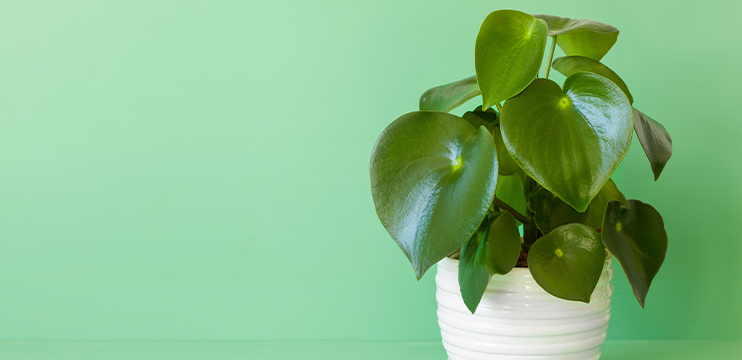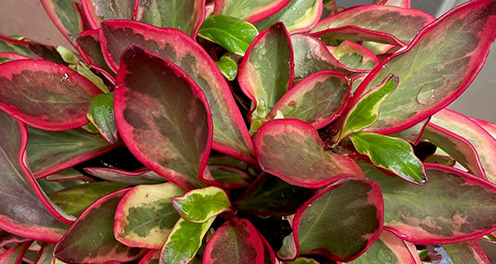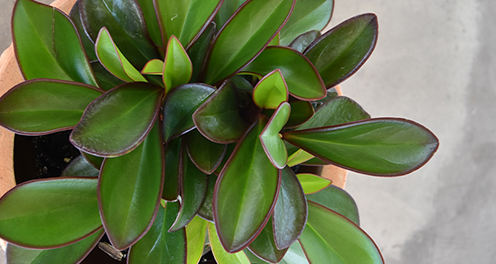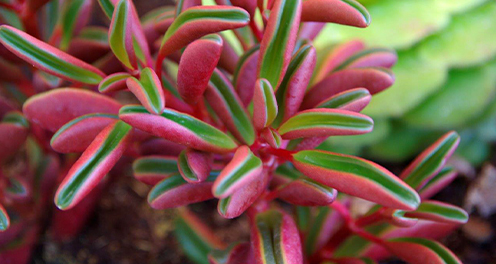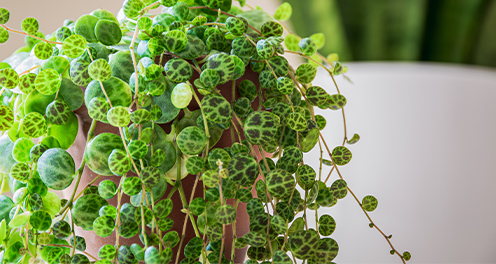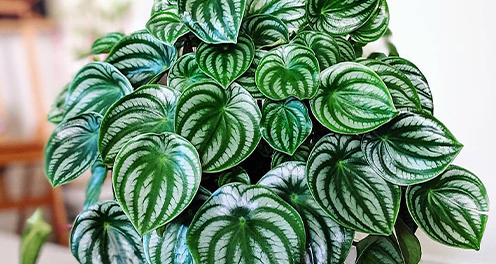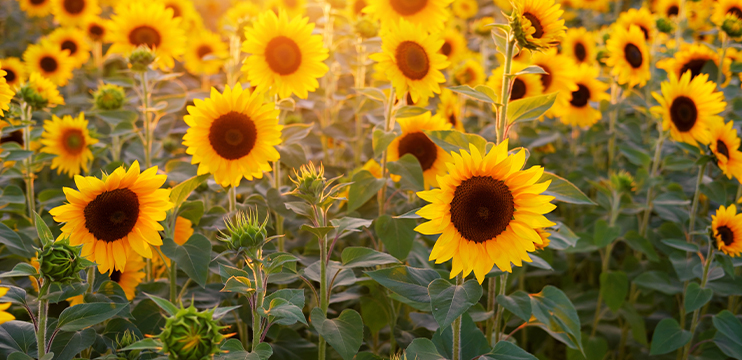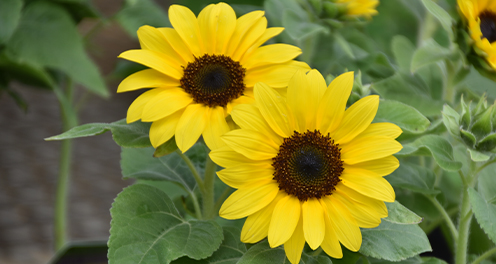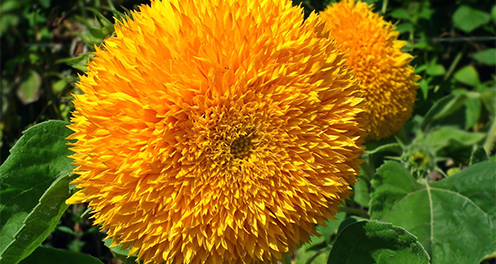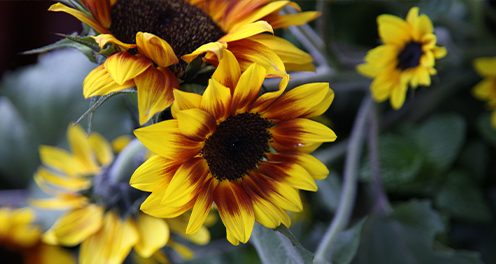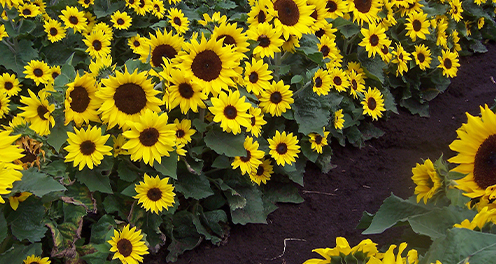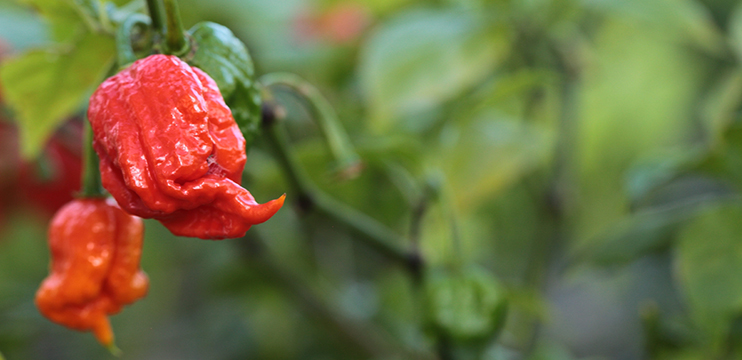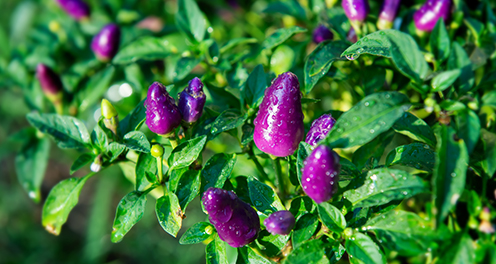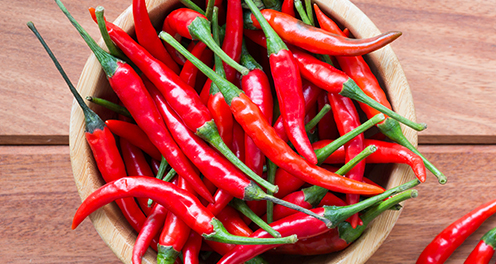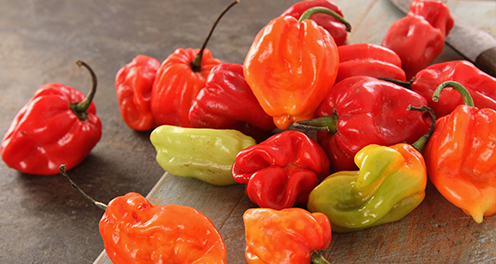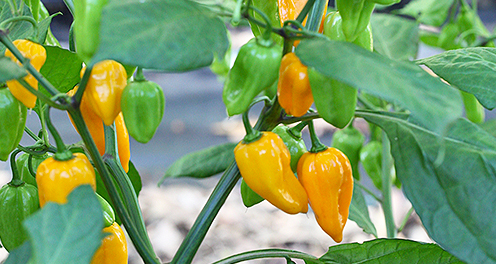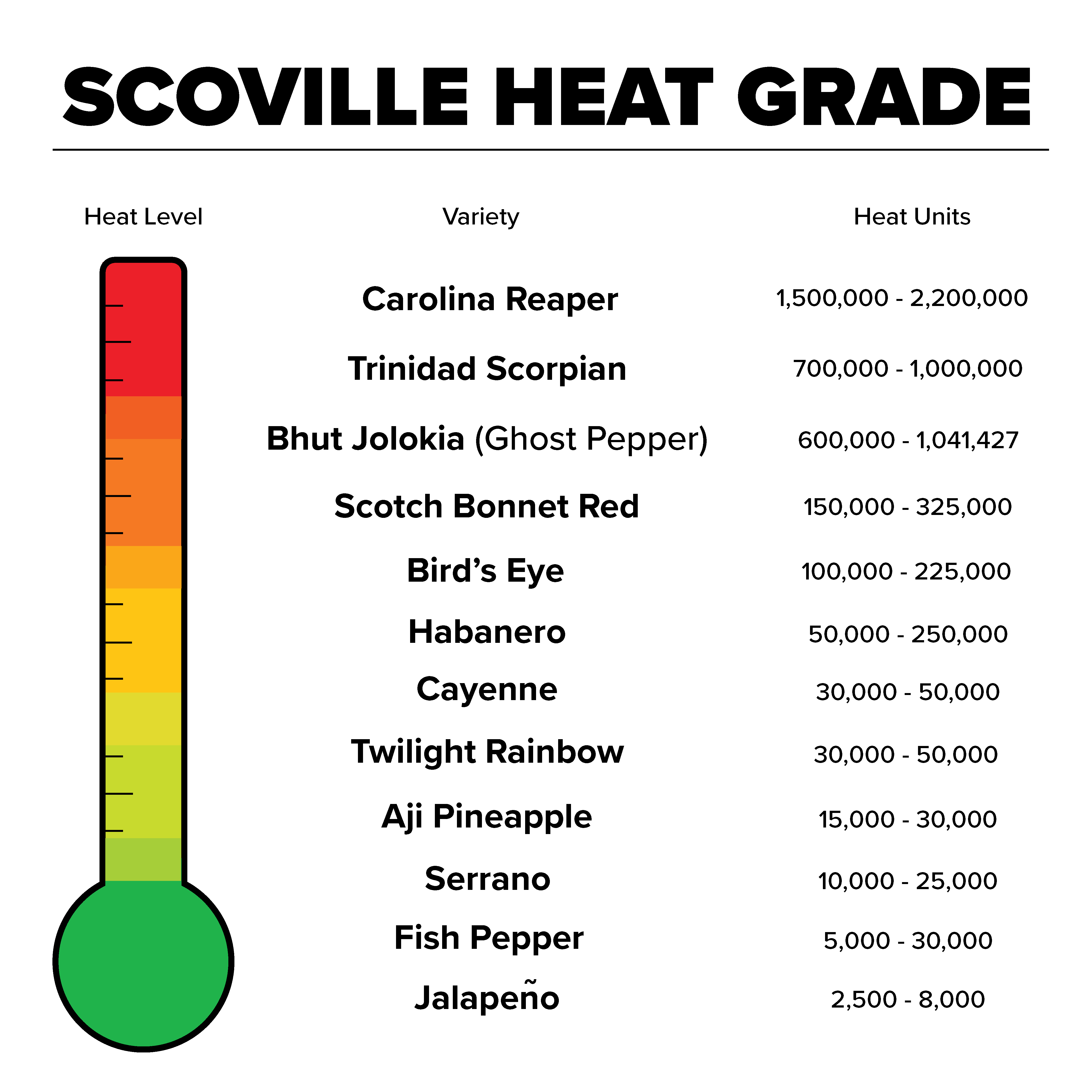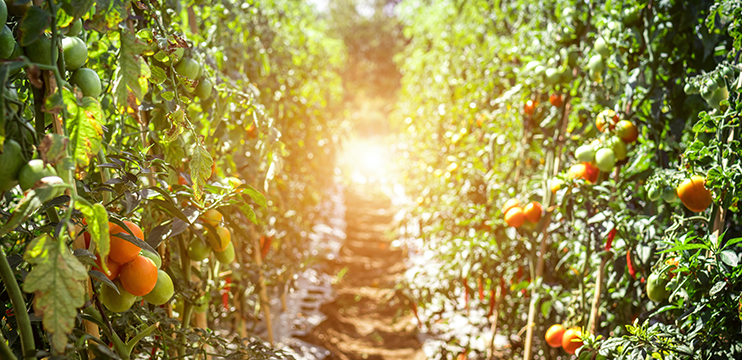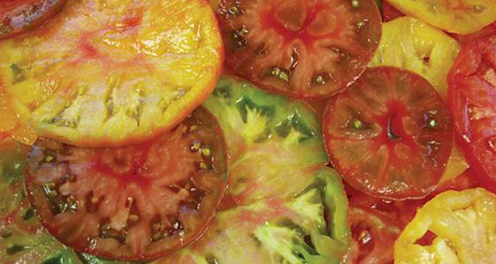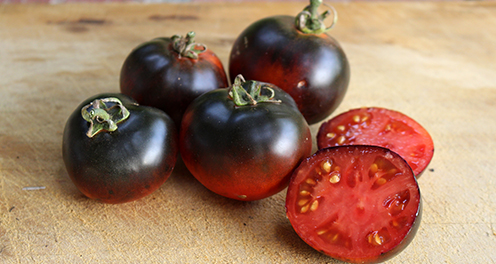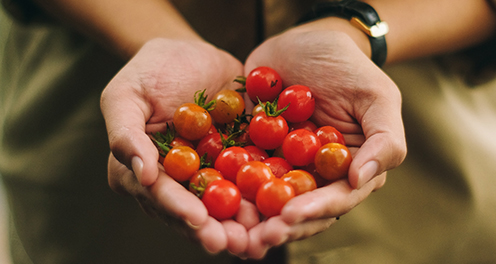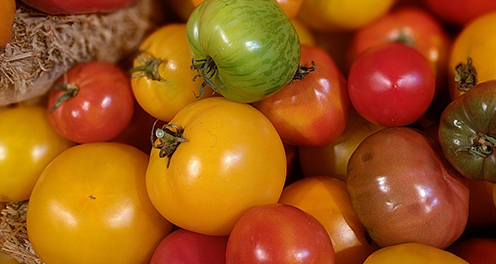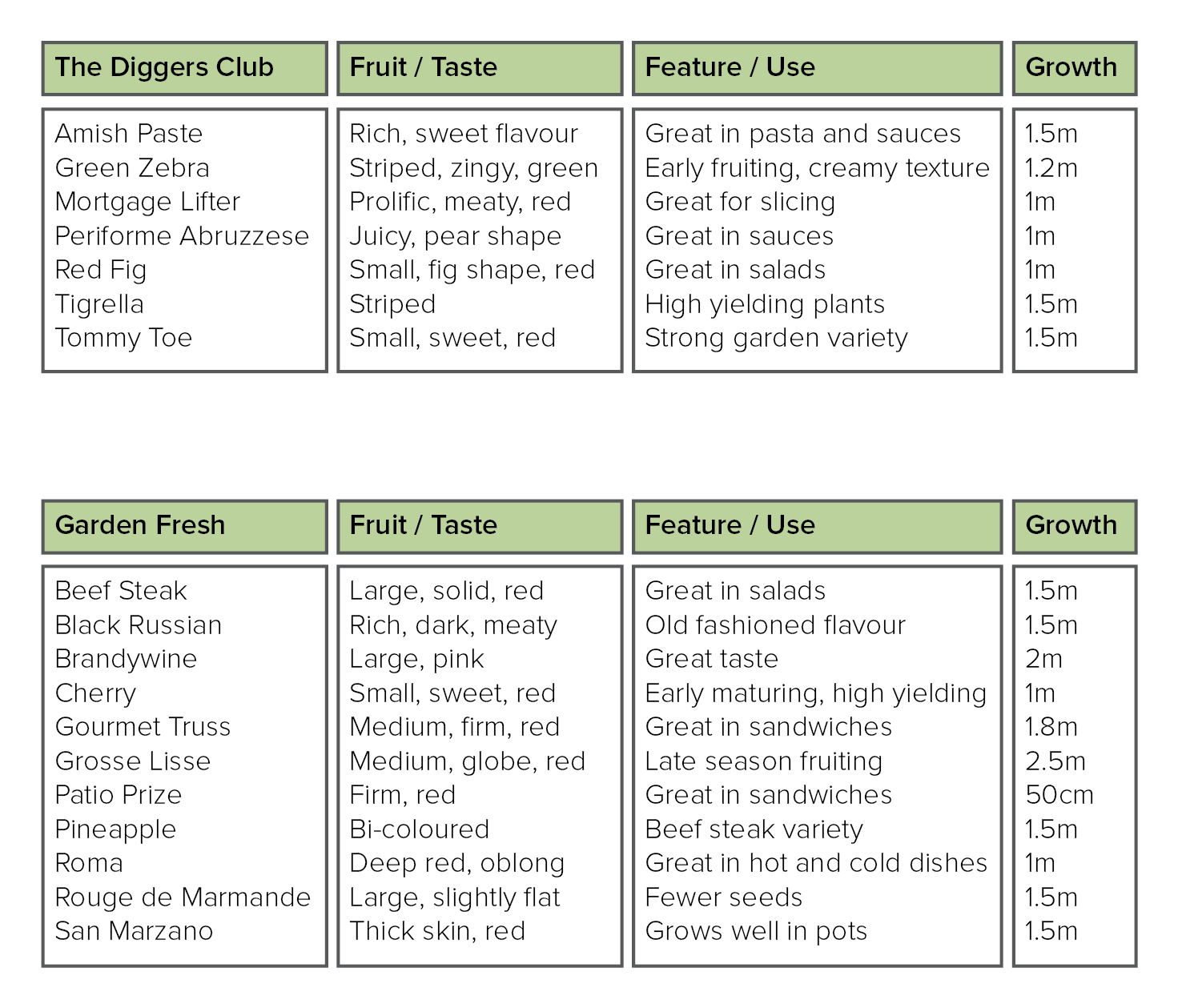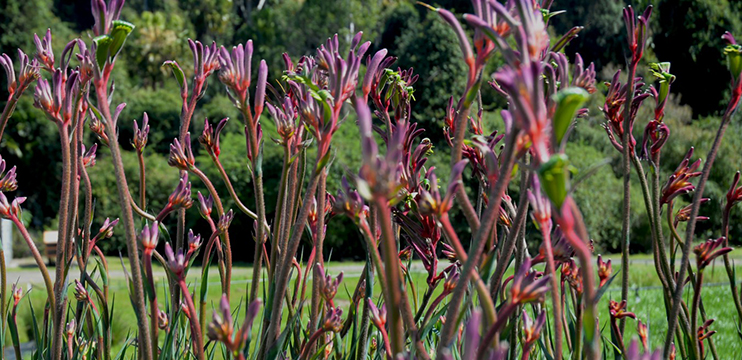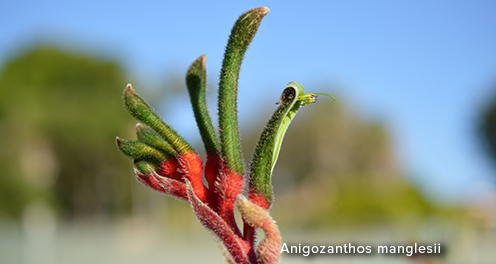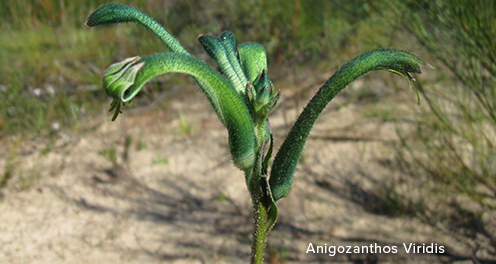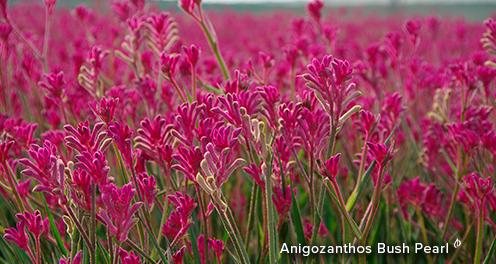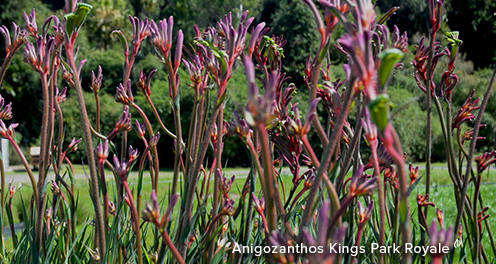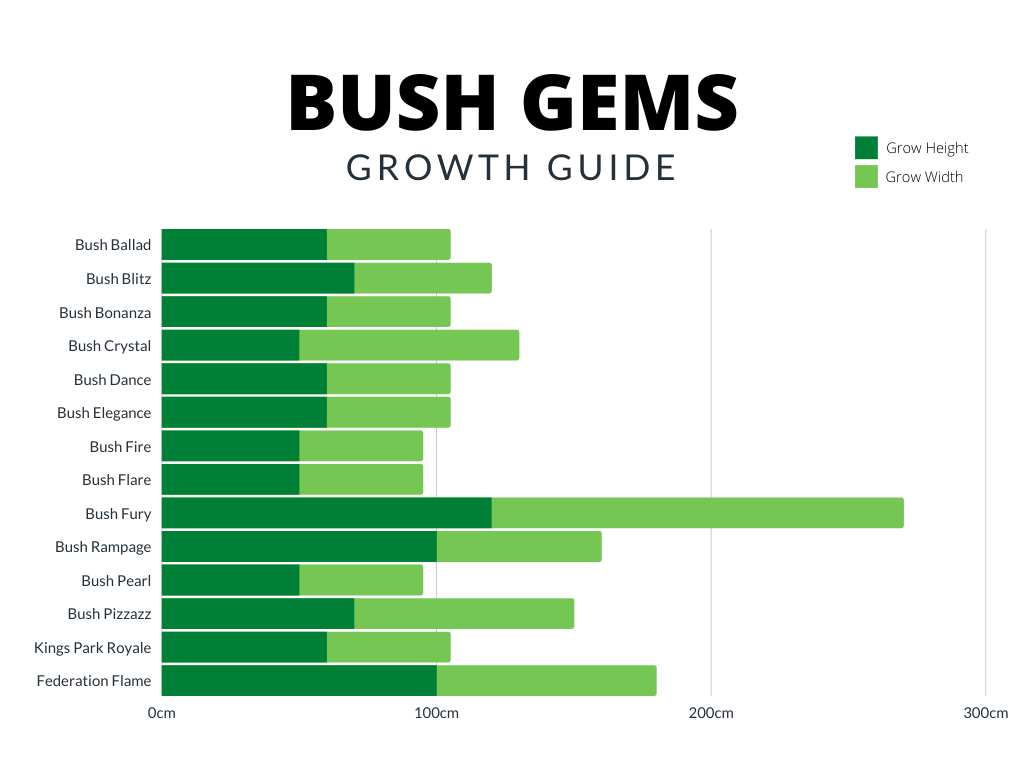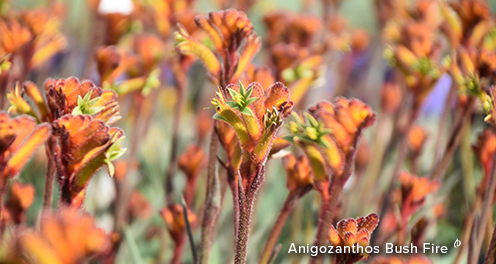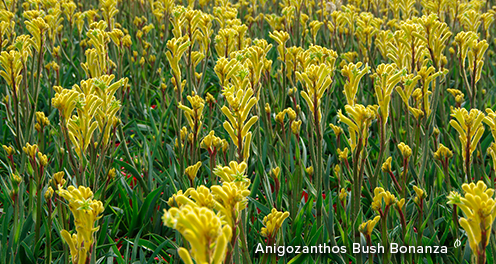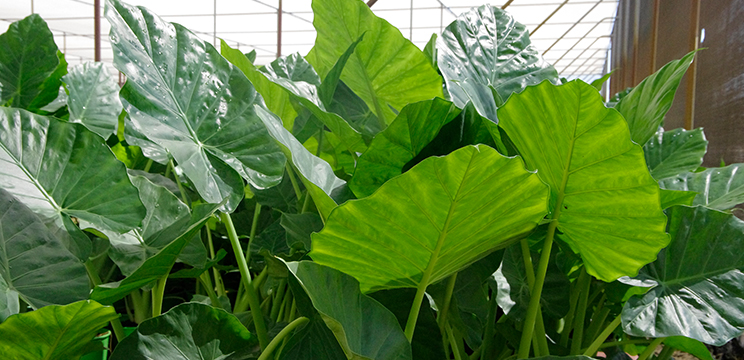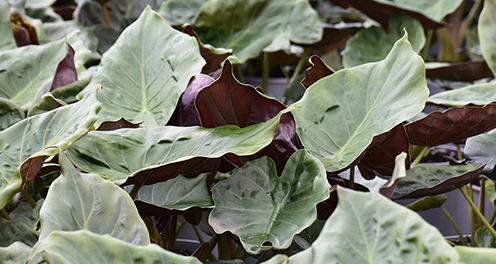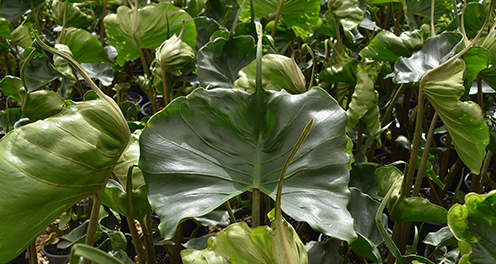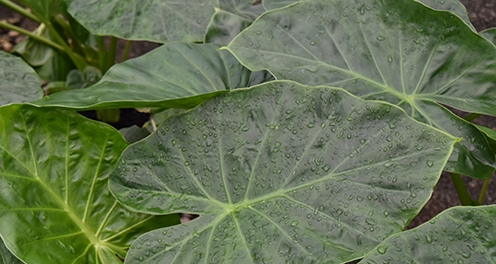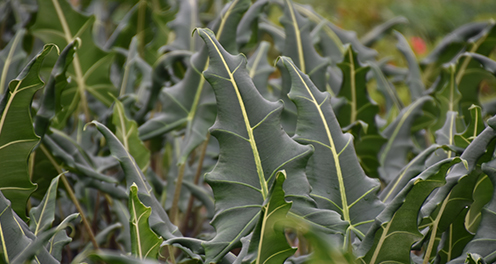2022 has been declared as the ‘Year of the Peperomia’ – following soaring demand experienced throughout the COVID pandemic and cementing its place amongst the collections of houseplant enthusiasts around the world.
Peperomias come from the larger Piperaceae (or Pepper) family, and are a group of small, diverse perennials grown for their eye-catching and water-retaining foliage. More than a thousand species are known, with most hailing from tropical and subtropical regions across the globe, such as the rainforests of Central and South America.
Whilst their name is derived from the Greek words ‘peperi’ (meaning ‘pepper’) and ‘homoios’ (meaning ‘resembling’, as their tiny flowers resemble those of black pepper), it’s important to note these plants are not fit for human consumption.
Compact, slow growing and incredibly low maintenance, Peperomias are perfect for beginners. Though they’ve been cultivated and sold as houseplants for decades, Peperomias are more recently gaining fame for their easy-to-care-for nature.
Typically, the leaves are thick and fleshy in appearance however the foliage varies greatly amongst species, in a wide array of colours, shapes, textures and sizes. Given their natural habitat, most Peperomias will thrive if grown in coarse, well-draining soil and placed in a humid spot indoors under indirect sunlight.
Our team’s top pick is the Peperomia polybotrya (known as Coin Leaf or Raindrop Peperomia), a highly sought-after species with glossy heart shaped foliage that form on long thin stems.
The tried-and-true Peperomia obtusifolia Jade has a short but broad growth habit, with rounded, thick green leaves. Alternatively, stand out with the variegated Peperomia clusiifolia Jelly, whose fleshy emerald green and yellow leaves develop shades of pink when exposed to bright light. Stranger still, are the red wine-coloured stems and fleshy red-green leaves of Peperomia graveolens (or Ruby Glow).
The Peperomia Jade Necklace (or String of Turtles) is a true fan-favourite for its adorable string-like green foliage with markings that resemble tiny turtle shells. It’s great in hanging baskets and terrariums. Similarly, both Peperomia scandens and Peperomia scandens variegated look fantastic indoors or outdoors when trailing down from hanging pots or baskets.
Meanwhile the Peperomia argyreia is fast gaining popularity within indoor plant circles. Known as the ‘Watermelon Peperomia’, its name comes from the unique pattern on its leaves, which are alternately silver and green striped like a watermelon, although the plant is not related to the fruit in any way.
Learn more about these and other Peperomia varieties in our online plant library.

